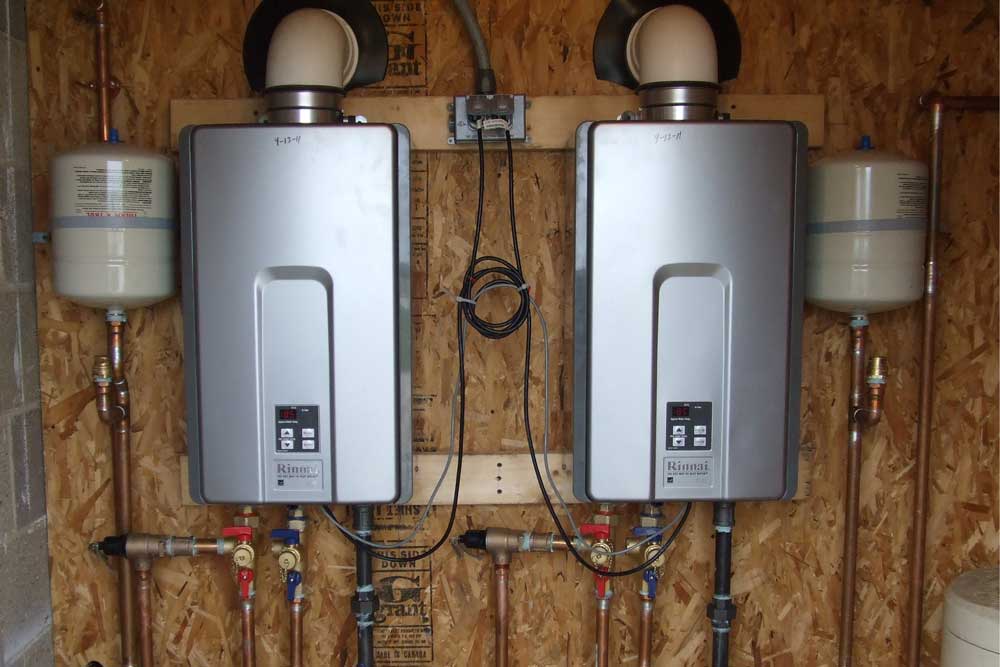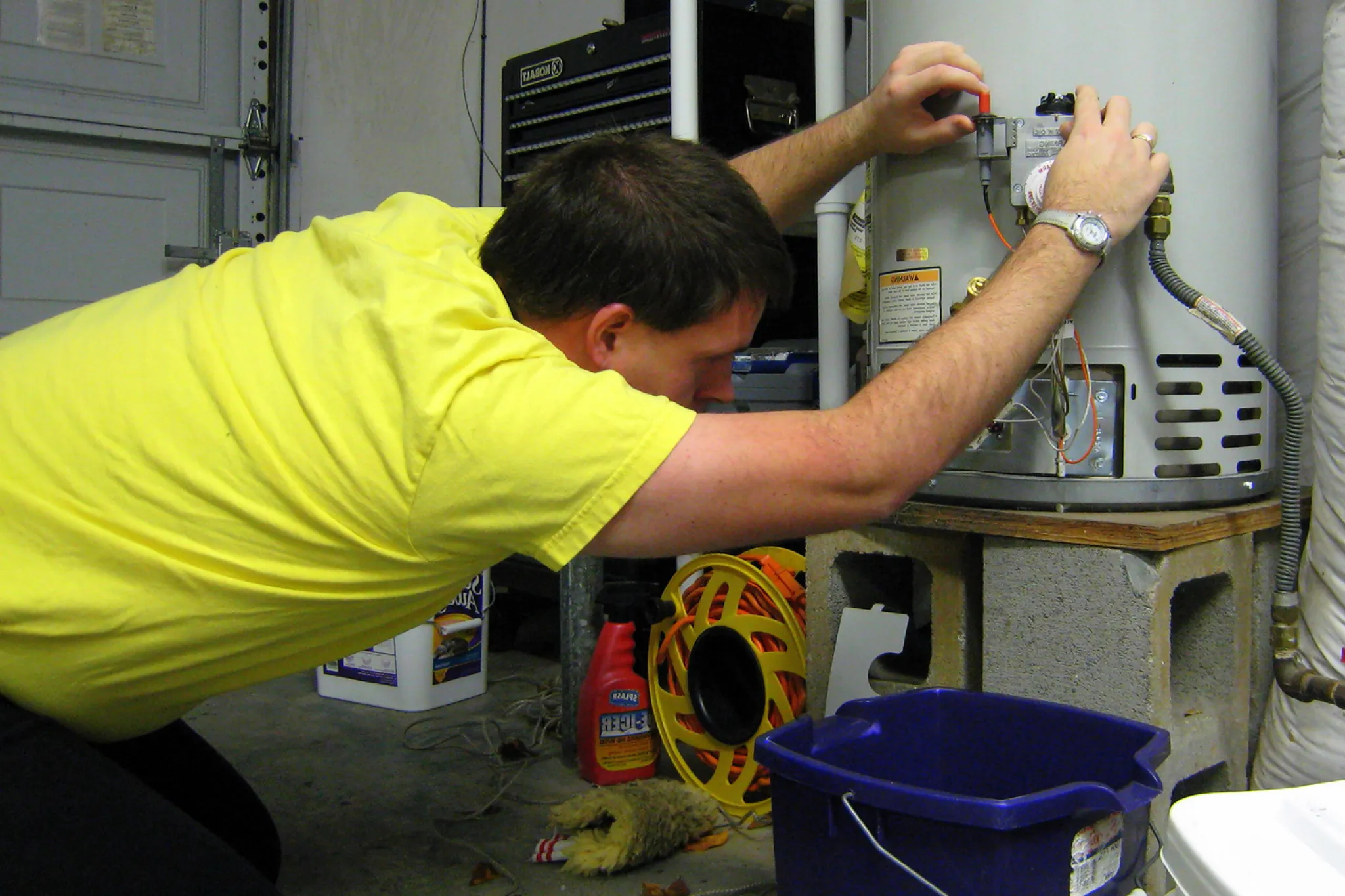Simple Steps to Caring for Your Home's Hot Water System
Simple Steps to Caring for Your Home's Hot Water System
Blog Article
Everyone has their unique assumption on the subject of Tips For Maintaining Your Hot Water Heater.

Hot water is necessary for daily comfort, whether it's for a revitalizing shower or washing recipes. To ensure your hot water system runs successfully and lasts longer, routine upkeep is key. This post gives functional tips and insights on exactly how to keep your home's hot water system to prevent disturbances and pricey repair services.
Intro
Maintaining your home's hot water system may appear challenging, however with a couple of easy actions, you can guarantee it runs efficiently for years to find. This overview covers every little thing from understanding your hot water system to do it yourself upkeep pointers and knowing when to hire expert assistance.
Importance of Maintaining Your Hot Water System
Routine maintenance not just prolongs the life-span of your warm water system but likewise ensures it operates effectively. Ignoring upkeep can cause lowered performance, higher power costs, and also early failing of the system.
Signs Your Hot Water System Demands Maintenance
Recognizing when your warm water system requires focus can stop significant concerns. Watch out for indications such as inconsistent water temperature level, odd noises from the heater, or rusty water.
Flushing the Water Heater
Flushing your water heater removes sediment build-up, boosting efficiency and prolonging its life.
Checking and Changing Anode Rods
Anode poles stop rust inside the storage tank. Checking and changing them when worn is vital.
Complicated Problems Requiring Professional Aid
Instances consist of major leaks, electrical issues, or if your water heater is continually underperforming.
Regular Expert Upkeep Advantages
Professional upkeep can consist of extensive evaluations, tune-ups, and ensuring conformity with safety and security criteria.
Examining and Adjusting Temperature Level Settings
Adjusting the temperature level settings guarantees optimal efficiency and security.
Do It Yourself Tips for Maintenance
You can perform numerous maintenance tasks on your own to keep your warm water system in leading condition.
Looking for Leaks
Consistently evaluate pipes and links for leaks, as these can lead to water damages and higher expenses.
Understanding Your Warm Water System
Before diving right into maintenance jobs, it's valuable to understand the fundamental components of your warm water system. Usually, this consists of the water heater itself, pipelines, anode rods, and temperature level controls.
Monthly Upkeep Tasks
Routine month-to-month checks can help capture minor problems prior to they escalate.
Checking Pressure Alleviation Valves
Testing the pressure safety valve ensures it works appropriately and avoids excessive pressure build-up.
Insulating Pipelines
Insulating hot water pipelines reduces warmth loss and can conserve energy.
When to Call a Specialist
While DIY upkeep is beneficial, some issues call for specialist knowledge.
Verdict
Regular maintenance of your home's hot water system is crucial for efficiency, durability, and price savings. By following these ideas and recognizing when to look for professional help, you can make sure a dependable supply of hot water without unanticipated disturbances.
Water Heater Maintenance Tips
Test the TPR Valve
Shut off the power and the cold-water supply valve. Place a bucket under the pipe connected to the temperature-pressure-release (TPR) valve on the top or side of the tank. (This valve opens if the tank pressure gets too high.) Lift the valve’s tab to let some water out, then let go. If water keeps flowing, drain the tank partway, unscrew the old valve with a pipe wrench, and install a new one. Check the Anode Rod
Put a hose to the tank’s drain cock and let out a few gallons of water. Now fit a 1 1/16-inch socket onto the rod’s hex head on top of the heater (or under its top plate) and unscrew the rod. If it’s less than ½ inch thick or coated with calcium, buy a new one, wrap its threads with Teflon tape, put it back in the tank, and tighten securely. Use this segmented rod if headroom above the tank is limited. Drain the Tank and Wash Out Sediment
Drain the remaining water in the tank into the bucket, then stir up the sediment on the tank’s bottom by briefly opening the cold-water supply valve. Drain and repeat until clean water comes out of the hose. Close the drain cock, refill the tank, and turn its power back on. Adjust the Temperature
Find the temperature dial on the side of the tank and unscrew its cover. Adjust the dial to 120 degrees using a flathead screwdriver. For every 10 degrees the temperature is lowered, you can expect to save up to 5 percent in energy costs. Turn the water heater off or the thermostat down to its lowest setting if you plan to be away from home for more than three days. Insulate the Pipes
Buy some self-sticking 3/8-inch-thick foam pipe insulation that matches the pipes’ diameter. Slide the foam over the hot-and cold-water pipes as far as you can reach. Insulating the cold-water pipe prevents condensation in summer. Peel the tape and squeeze the insulation closed. If the pipe is 6 inches or less from the flue, cover it with 1-inch-thick unfaced fiberglass pipe wrap. https://www.thisoldhouse.com/plumbing/21016402/how-to-maintain-a-water-heater

I recently found that article about What Kind of Maintenance Do Water Heaters Need? when surfing the search engines. In case you enjoyed our blog post plz do not forget to share it. Kudos for being here. Don't forget to pay a visit to our site back soon.
Visit My Web Page Report this page